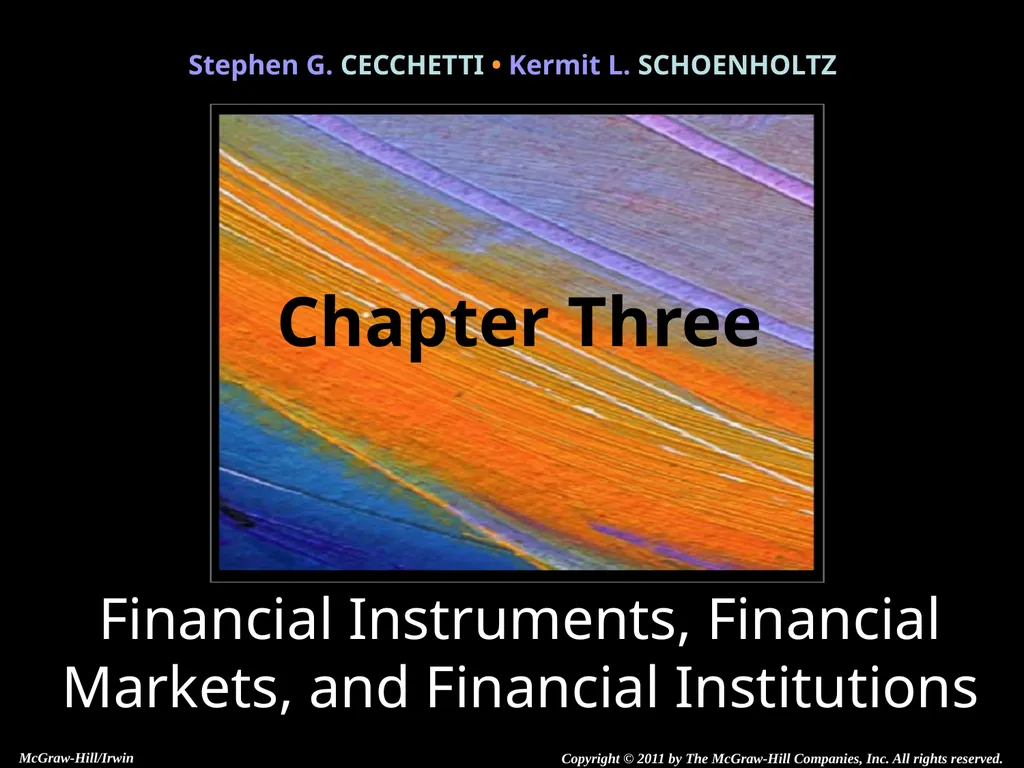Chapter Three 3-2 Introduction The international
Author : tawny-fly | Published Date : 2025-05-17
Description: Chapter Three 32 Introduction The international financial system exists to facilitate the design sale and exchange of a broad set of contracts with a very specific set of characteristics We obtain financial resources through this
Presentation Embed Code
Download Presentation
Download
Presentation The PPT/PDF document
"Chapter Three 3-2 Introduction The international" is the property of its rightful owner.
Permission is granted to download and print the materials on this website for personal, non-commercial use only,
and to display it on your personal computer provided you do not modify the materials and that you retain all
copyright notices contained in the materials. By downloading content from our website, you accept the terms of
this agreement.
Transcript:Chapter Three 3-2 Introduction The international:
Chapter Three 3-2 Introduction The international financial system exists to facilitate the design, sale, and exchange of a broad set of contracts with a very specific set of characteristics. We obtain financial resources through this system: Directly from markets, and Indirectly through institutions. 3-3 Introduction Indirect Finance: An institution stands between lender and borrower. We get a loan from a bank or finance company to buy a car. Direct Finance: Borrowers sell securities directly to lenders in the financial markets. Direct finance provides financing for governments and corporations. Asset: Something of value that you own. Liability: Something you owe. 3-4 Figure 3.1: Funds Flowing through the Financial System 3-5 Introduction Financial development is linked to economic growth. The role of the financial system is to facilitate production, employment, and consumption. Resources are funneled through the system so resources flow to their most efficient uses. 3-6 Introduction We will survey the financial system in three steps: Financial instruments or securities Stocks, bonds, loans and insurance. What is their role in our economy? Financial Markets New York Stock Exchange, Nasdaq. Where investors trade financial instruments. Financial institutions What they are and what they do. 3-7 Financial Instruments Financial Instruments: The written legal obligation of one party to transfer something of value, usually money, to another party at some future date, under certain conditions. The enforceability of the obligation is important. Financial instruments obligate one party (person, company, or government) to transfer something to another party. Financial instruments specify payment will be made at some future date. Financial instruments specify certain conditions under which a payment will be made. 3-8 Uses of Financial Instruments Three functions: Financial instruments act as a means of payment (like money). Employees take stock options as payment for working. Financial instruments act as stores of value (like money). Financial instruments generate increases in wealth that are larger than from holding money. Financial instruments can be used to transfer purchasing power into the future. Financial instruments allow for the transfer of risk (unlike money). Futures and insurance contracts allows one person to transfer risk to another. 3-9 The use of borrowing to finance part of an investment is called leverage. Leverage played a key role in the financial crisis of 2007-2009. How did this happen? The more leverage, the greater the risk that an adverse surprise will lead to bankruptcy. The more highly leveraged, the less net worth. 3-10














